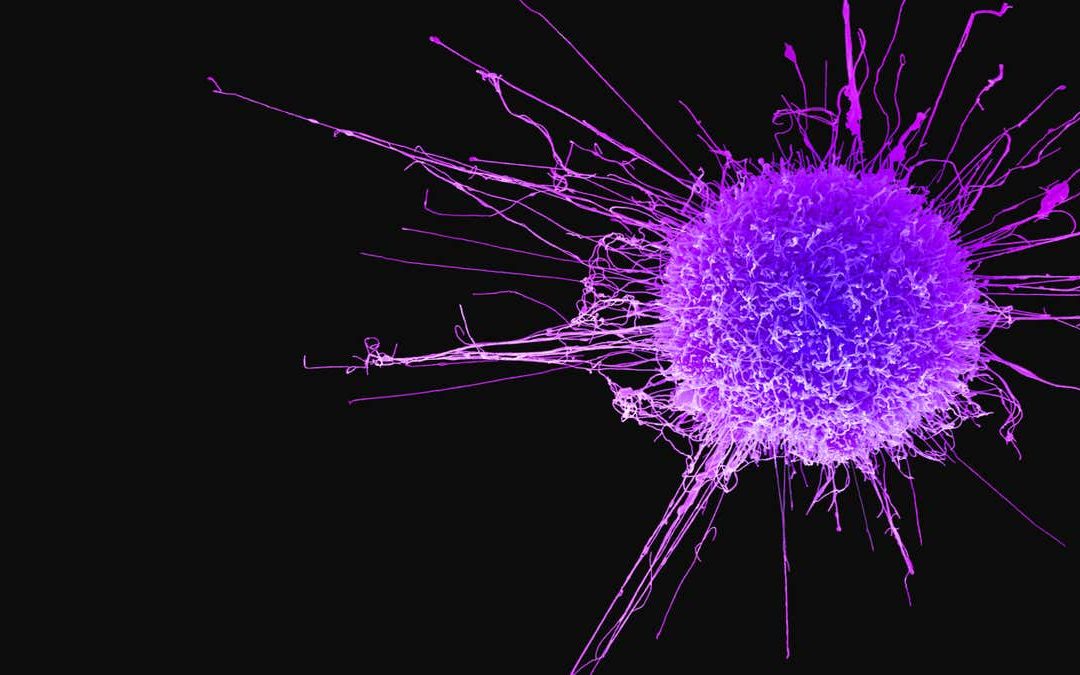Malignancy makes cells partition wildly. This can bring about tumors, harm to the invulnerable framework, and other debilitation that can be lethal.
Disease is an expansive term. It portrays the sickness that outcomes when cell changes cause the uncontrolled development and division of cells.
A few sorts of disease cause fast cell development, while others cause cells to develop and separate at a more slow rate.
Certain types of disease bring about noticeable developments called tumors, while others, like leukemia, don’t.
A cell gets guidelines to bite the dust so the body can supplant it with a more current cell that capacities better. Malignant cells do not have the parts that educate them to quit partitioning and to bite the dust.
Subsequently, they develop in the body, utilizing oxygen and supplements that would typically support different cells. Harmful cells can shape tumors, hinder the safe framework and cause different changes that keep the body from working routinely.
Dangerous cells may show up in one territory, at that point spread through the lymph hubs. These are bunches of safe cells situated all through the body.
Hereditary components can add to the improvement of malignancy.
An individual’s hereditary code advises their cells when to partition and lapse. Changes in the qualities can prompt flawed guidelines, and disease can result.
Qualities likewise impact the cells’ creation of proteins, and proteins convey large numbers of the directions for cell development and division.
A few qualities change proteins that would typically fix harmed cells. This can prompt malignant growth. On the off chance that a parent has these qualities, they may give the adjusted directions to their posterity.
Some hereditary changes happen after birth, and factors, for example, smoking and sun openness can build the danger.


SKincell Pro is popular by the individuals who used it as
an ideal skin fixor. The product has the very same components as much of
the other moles getting rid of lotions on the market today,
however it adds more than a lot of them. The lotion also enhances your skin structure and also offers even-toned skin. The ingredients, the product has are natural components
which are secure for your skin. https://quoras.trade/story.php?title=skincell-pro-3
payday loan no fax
viagra fast delivery usa
tadalafil 40 mg price
canadian pharmacy antibiotics